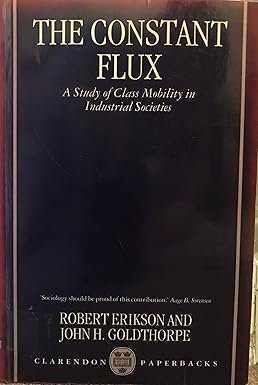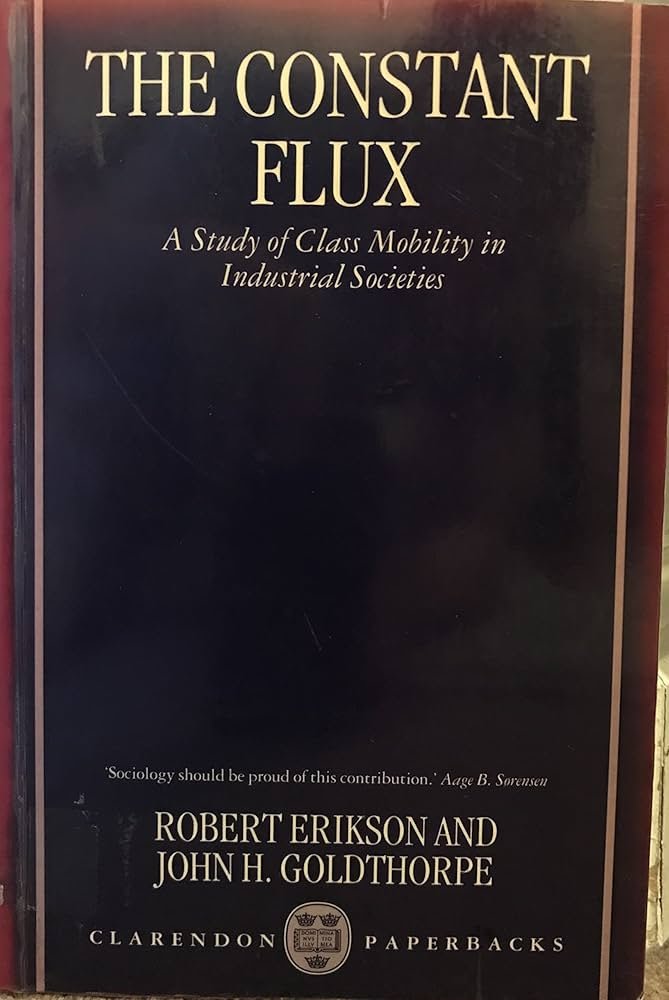What is in a Constant Flux? Book Review of The Constant Flux book, The phrase “constant flux” defines the perpetual state of change in all aspects of our lives, the natural world, and the universe itself. From changing weather patterns to evolving technologies, understanding what is in constant flux helps us live in the ever-changing environment around us. In this article, we’ll dive deeper into the meaning of constant flux, explore real-world examples, and answer frequently asked questions about this dynamic concept.
What does “constant flux” mean?
Continuous flow is a state of constant change or motion. It describes systems or events that are never static but always evolving. The term often defines unpredictability and fluidity, making it a key concept in understanding natural processes, human development, and social changes.

Book Review of The Constant Flux by Robert Erickson
The Constant Flux by Robert Erickson is a great exploration of social dynamics and change. Through careful analysis, Erikson closely examines patterns of social stratification, the fluidity of class structures, and the forces driving economic and social changes. The book’s nuanced approach combines historical data with contemporary insights, showing a comprehensive view of mobility across generations. Erikson’s work is both scholarly and accessible, making it highly valuable to sociologists, economists, and anyone curious about the dynamics of social change. While the depth of data may overwhelm casual readers, the book is an essential read for understanding the complexities of social flux.
Examples of Constant Flux in Nature and Society
1. Weather and Climate
Weather patterns are a prime example of constant flux. Factors like temperature, humidity, and wind are always changing due to:
- Earth’s rotation
- Seasonal shifts
- Global warming and climate change
Key Data:
- The average global temperature has increased by 1.1°C since pre-industrial times.
- Weather-related disasters have risen by 80% in the last 50 years.
2. Economic Markets
Financial markets operate in a state of constant flux due to:
- Supply and demand fluctuations
- Geopolitical events
- Technological advancements
Example: The rise of cryptocurrencies has introduced unprecedented volatility to global markets.
3. Technological Advancements
Technology evolves at an exponential rate, reshaping industries and daily life. Consider how quickly we’ve moved from landline phones to smartphones and now to artificial intelligence (AI).
- AI adoption: Expected to grow by 20% annually through 2030.
- Moore’s Law: The number of transistors on a microchip doubles approximately every two years, driving technological innovation.
4. Ecosystems and Biodiversity
Ecosystems are in a constant state of flux due to factors like:
- Natural selection
- Migration patterns
- Human impact (deforestation, pollution)
Example: Coral reefs, vital to marine biodiversity, are under threat due to rising ocean temperatures.
5. Human Emotions and Relationships
On a personal level, emotions and relationships are fluid and ever-changing. Stress, joy, grief, and love fluctuate based on internal and external stimuli, highlighting the dynamic nature of human experiences.

The Philosophy Behind Constant Flux
The concept of constant flux dates back to ancient Greek philosophy. Heraclitus, a pre-Socratic philosopher, famously said, “You cannot step into the same river twice,” emphasizing the idea that change is the only constant in life.
This philosophical perspective encourages us to embrace change rather than resist it, recognizing that growth and adaptation stem from flux.
Why is Understanding Constant Flux Important?
Grasping the idea of constant flux can help us:
- Adapt to Change: Recognizing that change is inevitable allows us to be more resilient and adaptable in uncertain times.
- Innovate: In industries like technology and business, understanding flux drives innovation and growth.
- Preserve Balance: In ecosystems, acknowledging constant flux helps in conservation efforts and sustainable development.

FAQs About Constant Flux
Examples include changing weather, evolving relationships, fluctuating stock prices, and personal growth.
Not necessarily. While change often leads to growth and improvement, it can also bring challenges like instability or loss. How we adapt to flux determines its impact.
Understanding that emotions are in constant flux can help individuals manage stress and anxiety by fostering mindfulness and acceptance.
While some patterns in flux (like weather or economic trends) can be forecasted, the unpredictable nature of many systems makes exact predictions challenging.
Constant flux drives creativity and problem-solving as individuals and organizations adapt to new challenges and opportunities.


Leave a Reply
You must be logged in to post a comment.